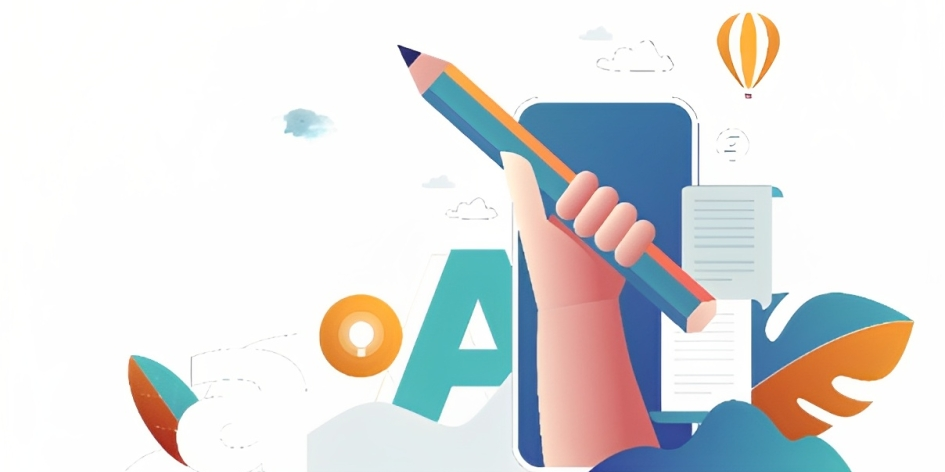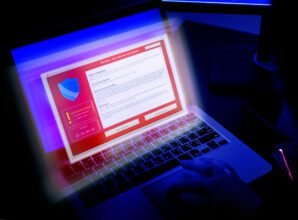Assessing the Effectiveness of Assistive Technology for Writing
Everything About Assistive Technology for Writing
Assistive Technology –
Assistive Technology (AT) is a term used to refer to tools and devices that are designed to help people with disabilities in activities of daily living. Writing is one of the most important skills a person can learn, and AT can be a valuable tool in helping with this process. AT can be divided into two main categories – mobility aids, such as wheelchairs and walkers, and communication aids, such as adapted keyboards or speech-to-text software. AT for writing can help with grammar and spelling, as well as providing additional support from writing services. It can also be used to assist with the writing process, from text-to-speech software to word prediction and abbreviation expansion. This article will focus on using AT for writing and the various ways it can help improve the writing process.
These aids can help with different aspects of the writing process, from Text-to-speech software to word prediction and abbreviation expansion. By understanding the advantages and disadvantages of different AT tools, it is possible to evaluate the impact of AT on the writing process effectively.
Overview of the Writing Process

Writing is an intricate process that involves a variety of steps, including planning, organizing, drafting, revising, and editing. AT can be used to assist with all of these stages of the writing process. For example, text-to-speech software can be used to read back the writer’s words as they type, allowing them to hear their work and identify any errors.
Word prediction can be used to help with spelling and grammar, and speech recognition can be used to dictate words, which can be transcribed onto the screen. Abbreviation expansion can also be used to save time with repetitive typing. In addition, writing techniques such as brainstorming, outlining, and clustering can all be used to help the writer organize their thoughts and structure their writing. By using AT in conjunction with these writing techniques, a writer can create a well-crafted and effective document.
Evaluating the Effectiveness of Assistive Technology
In order to evaluate the effectiveness of AT for writing, it is important to consider both the benefits and drawbacks. The primary benefit of AT is that it can help increase the writing speed of the user. This can be especially helpful for those who struggle with writing, as it can reduce the time it takes to complete a task. Additionally, AT can reduce the number of writing errors, as speech recognition software can accurately transcribe the user’s words. Finally, AT can provide a boost in confidence for the user, as text-to-speech software can give feedback to the writer and help them feel more confident in their work.
Despite these benefits, there are also some drawbacks to using AT for writing. The primary drawback is the cost of AT, as it can be expensive and may not be accessible to all writers. Additionally, learning how to use the technology can be difficult, particularly for those who are not tech-savvy. Finally, there is the risk of becoming overly reliant on AT, which can lead to a decrease in writing skills over time.
Conclusion
In conclusion, assistive technology can be an invaluable tool for many writers, as it can help to increase writing speed, reduce errors, and provide a boost in confidence. However, some people wonder whether it is wise to rely too heavily on assistive technology, as it can be costly and difficult to learn how to use and could lead to a decrease in writing skills over time. Additionally, the effectiveness of AT may vary depending on the individual and their specific needs. Writing services like Essayshark can be a great way to get help with writing, despite the fact that some people wonder whether Essayshark is legit or not. Such services provide experienced writers to work with the user and create custom-crafted content that meets their needs. Ultimately, it is important to assess the individual’s needs and determine the best way to use assistive technology to help them reach their writing goals.

















